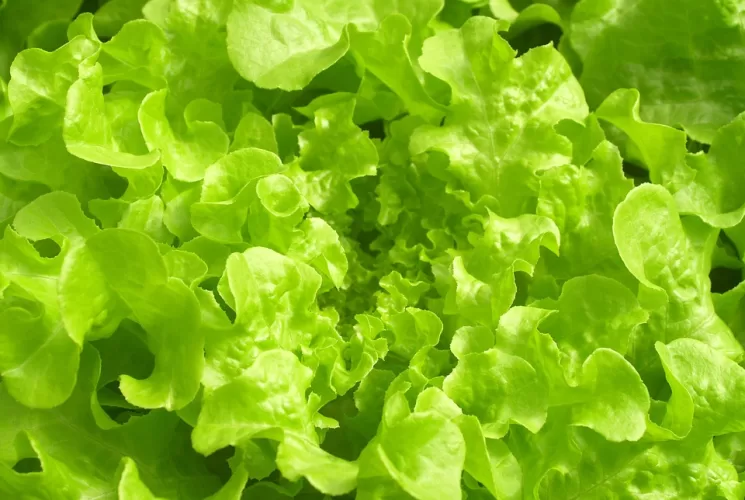
From Farm to Fork: Exploring the Impact of Product and Food Technology
As our society continues to evolve, so does our relationship with food. From the moment it is harvested on the farm to the moment it reaches our plates, food undergoes a complex journey that involves various technologies. These advancements in product and food technology have transformed the way we produce, process, distribute, and consume food, influencing both our health and the environment. In this article, we will delve into the impact of these technologies on the entire food supply chain, from farm to fork.
Starting at the very beginning, technology has revolutionized farming practices. Farmers now have access to innovative tools and equipment that enable them to increase productivity and efficiency. For instance, precision agriculture uses sensors, drones, and GPS technology to monitor and manage crops, leading to optimized water usage, reduced pesticide application, and increased yields. This not only benefits farmers by reducing costs and improving profits but also has positive environmental implications, as it minimizes the use of harmful chemicals and conserves natural resources.
Moving along the supply chain, food processing has also undergone significant transformations. With the advent of technology, processes such as canning, freezing, and dehydration have become more efficient, allowing for longer shelf life and reduced food waste. Moreover, the introduction of automated systems has enhanced food safety by minimizing human error and contamination risks. These advancements ensure that the food we consume is not only safe but also of higher quality.
One of the most revolutionary impacts of product and food technology can be seen in the distribution and logistics sector. The integration of data analytics and artificial intelligence has optimized supply chain management, making it more streamlined and responsive. This enables real-time tracking and monitoring of food products, ensuring timely delivery and reducing spoilage. With the help of technology, companies can now accurately forecast demand, minimize storage costs, and reduce carbon emissions through optimized transport routes.
When it comes to the consumer, technology has provided us with an abundance of choices and convenience. Online platforms and mobile applications have made it easier than ever to access information about food products, including their origins, nutritional content, and even allergen information. This empowers consumers to make informed decisions about their food choices, promoting healthier lifestyles and supporting sustainable farming practices.
However, while the impact of product and food technology has been largely positive, it is not without its challenges. The digital divide remains a significant barrier, as not everyone has equal access to technology and information. Additionally, the increasing reliance on technology raises concerns about data privacy and cybersecurity, as the food industry becomes more interconnected.
In conclusion, product and food technology have transformed the entire food supply chain, from farm to fork. These advancements have improved farming practices, enhanced food safety, optimized distribution, and empowered consumers. However, it is crucial to address the challenges that arise with these technologies to ensure a fair and sustainable future for the food industry. By embracing technology while also prioritizing inclusivity and data security, we can continue to reap the benefits of these innovations and create a more resilient and efficient food system.
© Copyrights by Soulfulls. All Rights Reserved. Developed by Soulfulls